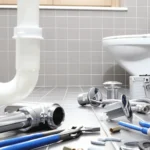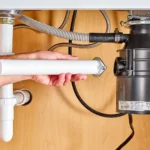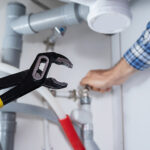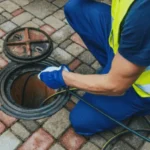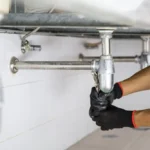When determining the best approach for installing vanity plumbing from wall or floor, the decision depends on various factors, including bathroom layout, personal style, and the existing plumbing system. For a modern, space-saving design, wall-mounted vanity plumbing is ideal, while a floor-mounted setup offers sturdiness and a more traditional appearance. This comprehensive guide will explore the differences, installation methods, and considerations for both options to help you make an informed decision.
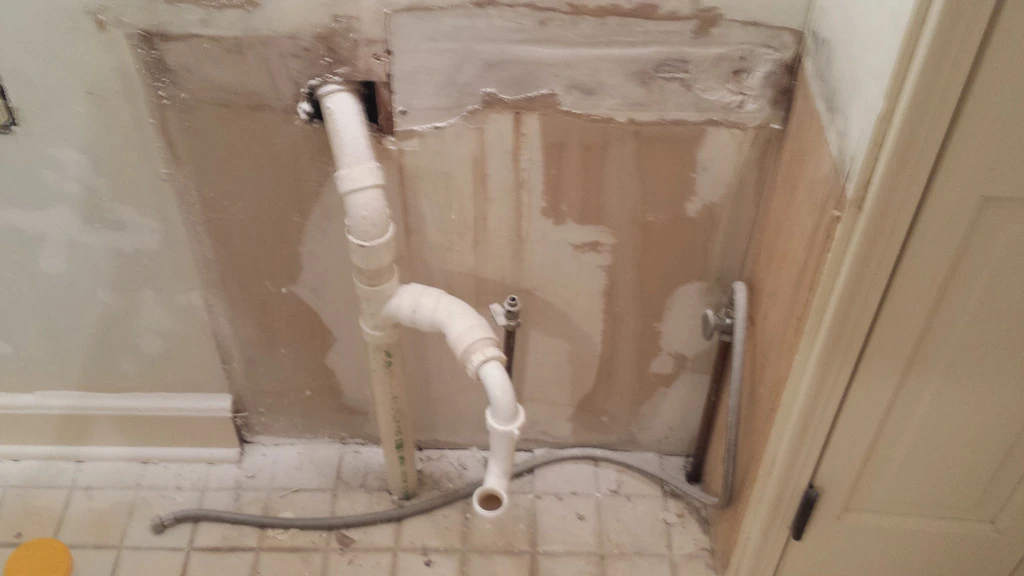
Content
Overview of Vanity Plumbing from Wall or Floor-Mounted
Vanity plumbing from wall or floor configurations generally fall into two categories: wall-mounted and floor-mounted systems. Each setup has distinct benefits and potential challenges that influence both the aesthetics and functionality of your bathroom.
| Vanity Type | Advantages | Considerations |
| Wall-Mounted Vanity Plumbing | – Space-efficient design – Modern, sleek appearance – Easier floor cleaning | – Requires structural support in the wall – More complex installation |
| Floor-Mounted Vanity Plumbing | – Strong and durable – Simpler to install – Fits traditional styles | – Occupies floor space – Less accessible underneath |
For those looking to achieve a minimalist, floating effect in smaller bathrooms, wall-mounted Vanity plumbing from wall or floor is often the preferred choice. Conversely, floor-mounted vanity plumbing is favored in more classic bathroom designs where stability is prioritized.
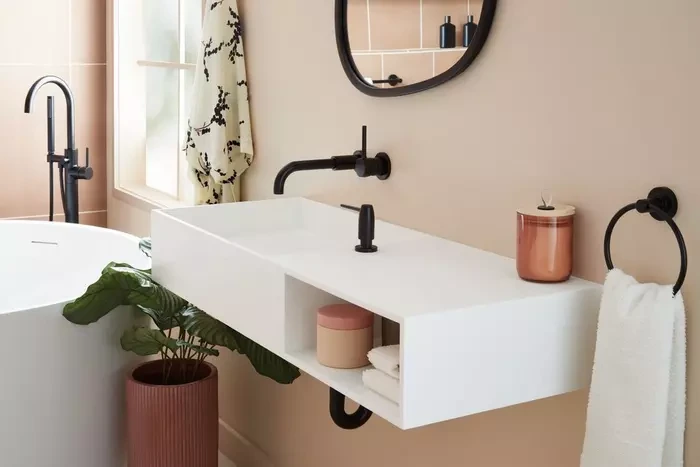
Required Tools and Materials for Vanity Plumbing Installation
Proper preparation is key to a successful installation. Below is a list of essential tools and materials needed for both wall-mounted and Vanity plumbing from wall or floor configurations:
| Tools | Materials |
| Pipe wrench | Vanity sink plumbing components (pipes, fittings) |
| Adjustable spanner | Drain assembly, trap |
| Screwdriver | Mounting brackets (for wall-mounted vanities) |
| Measuring tape | Teflon tape or plumber’s tape for sealing pipe joints |
| Spirit level | Vanity pipe installation tips for aligning plumbing |
In the case of wall-mounted vanity plumbing, mounting brackets are crucial for securely supporting the vanity unit. For floor-mounted vanity plumbing, it’s important to have the correct pipe fittings for proper connection to the vanity drain plumbing.
Step-by-Step Guide to Vanity Plumbing Installation
Vanity plumbing from wall or floor Installation Process
Installing wall-mounted vanity plumbing involves several key steps:
- Measuring and Marking: Accurately measure the desired height for the vanity. Mark the points for the mounting brackets to ensure proper alignment.
- Attaching Brackets: Install the brackets securely into wall studs, ensuring they can support the weight of the vanity and plumbing. Use a level to verify even placement.
- Connecting Plumbing: Attach the pipes to the vanity’s faucet and drain system. Seal all joints with Teflon tape to avoid leakage and ensure a watertight connection to the wall plumbing system.
- Mounting the Vanity: Once plumbing is connected, mount the vanity on the brackets. Double-check that the unit is level and properly secured.
- Leak Testing: Turn on the water supply and inspect the connections for leaks in the vanity sink plumbing.
Floor-Mounted Vanity Plumbing Installation
For floor-mounted vanity plumbing, follow these steps:
- Positioning the Vanity: Set the vanity in place, aligning it with the existing plumbing connections. Verify its stability before beginning any plumbing work.
- Installing the Drain Assembly: Connect the drain pipe to the vanity sink and extend it to the floor drain. Make sure to use the appropriate pipe material (PVC or copper) based on the bathroom’s plumbing system.
- Connecting Water Lines: Attach the hot and cold water supply lines to the faucet, securing them tightly to prevent leaks. Teflon tape can help ensure the connections remain sealed.
- Securing the Vanity: Once all plumbing connections are made, bolt the vanity to the floor for added stability.
- Testing for Leaks: Turn on the water and inspect the entire system for leaks.
Avoiding Common Vanity Plumbing Mistakes
Whether installing wall-mounted or floor-mounted vanity plumbing, there are several common mistakes that can be avoided with careful attention:
- Incorrect Pipe Measurements: Misaligned pipes can lead to leaks and poor water flow. Always measure precisely before making any cuts.
- Improper Sealing: Failing to properly seal joints with Teflon tape can result in persistent leaks.
- Misalignment: Ensure all vanity plumbing hookups align with the bathroom’s existing plumbing layout.
DIY Vanity Plumbing Setup vs. Hiring a Professional
Many homeowners consider handling DIY vanity plumbing setup to save on costs, but there are important factors to weigh when deciding between doing it yourself or hiring a professional plumber.
| Option | Benefits | Challenges |
| DIY Vanity Plumbing Setup | – Cost-effective – Allows for personal customization | – Time-consuming – Risk of mistakes or leaks |
| Hiring a Professional | – Guaranteed expertise – Saves time and effort | – Higher upfront costs – Less control over design |
For simpler installations, especially floor-mounted vanity plumbing, a DIY setup can be manageable. However, if you’re dealing with a complex wall-mounted vanity plumbing installation, it’s often best to consult a professional for optimal results.
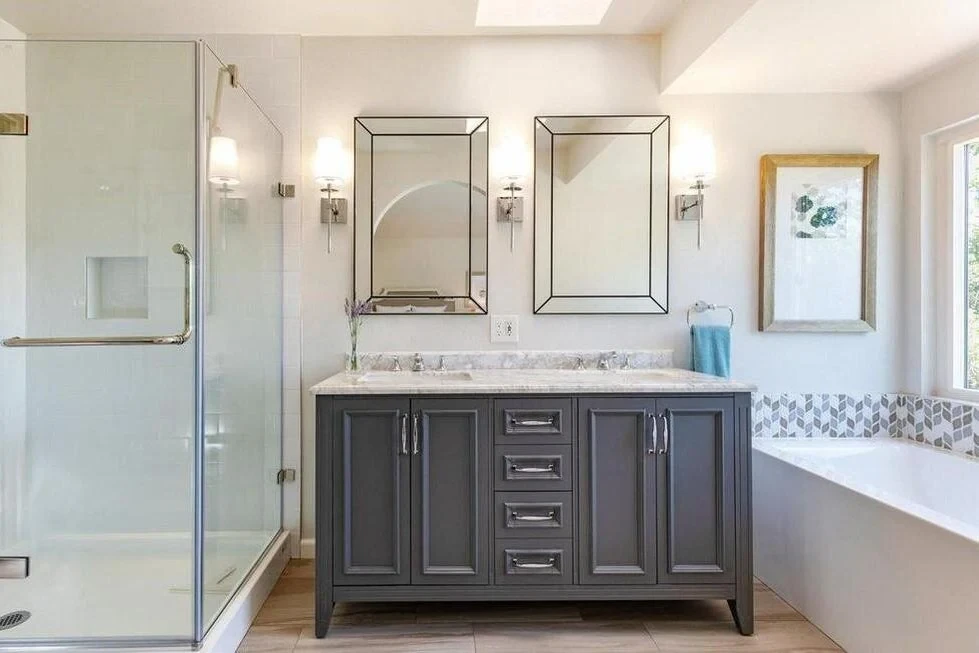
Maintaining and Troubleshooting Vanity Plumbing
Regular maintenance of your vanity plumbing system can prevent issues down the line. Whether you’ve installed a wall-mounted or floor-mounted vanity, the following tips will help you maintain a functional plumbing system:
- Inspect for Leaks: Periodically check pipes and connections for leaks in the vanity plumbing system.
- Clear Drain Clogs: Use a drain snake or a chemical drain cleaner to address any clogs in the vanity drain plumbing.
- Replace Seals as Needed: If any seals or vanity plumbing hookups show signs of wear, replace them to prevent future problems.
Conclusion
Choosing between wall-mounted and floor-mounted vanity plumbing depends on your bathroom’s design, space, and plumbing layout. While wall-mounted vanity plumbing offers a modern, minimalist appearance, it requires more structural support and can be complex to install. On the other hand, floor-mounted vanity plumbing provides stability and is easier to install but takes up more floor space.
By following this guide, you’ll be equipped to handle the installation or maintenance of your vanity plumbing, ensuring a smooth, leak-free experience. Whether opting for a DIY vanity plumbing setup or consulting a professional, proper planning and careful execution are key to a successful project.

Elena Mohr is a dedicated home blogger who has been blogging for over six years. She covers everything home related. Elena also loves writing posts about her travels to Europe with her husband and two children.
